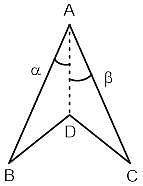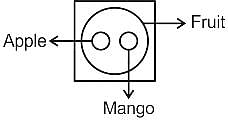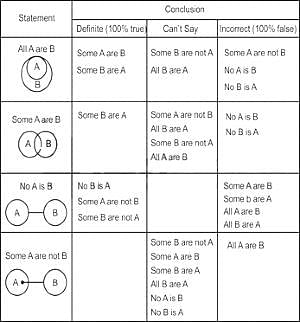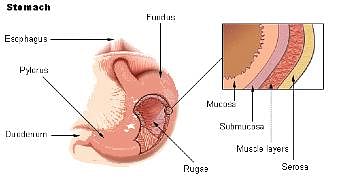RRB NTPC CBT 1 Question Paper (Held On: 5 Jan 2021 Shift 1) - RRB NTPC/ASM/CA/TA MCQ
30 Questions MCQ Test RRB NTPC - Previous Year Papers - RRB NTPC CBT 1 Question Paper (Held On: 5 Jan 2021 Shift 1)
Who was the eighth Secretary-General of UN?
Which of the following Indian mines is one of the world's largest uranium mine?
| 1 Crore+ students have signed up on EduRev. Have you? Download the App |
Which of the following cities has emerged as the most important centre with nearly half the cotton mills of the state located there?
Which of the following statements is true?
Select the option that would come next in the given series.

What is the total surface area of the visible faces in the given figure?
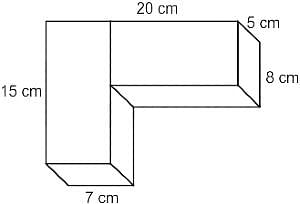
The Rourkela Steel Plant started with the inauguration of first blast furnace by the then Preside of India in:
Which is Satyajit Ray's famous film about the decline of the aristocratic zamindari style of living?
Which point on the given number line represents 6/5?

The given pie diagram shows the number of students admitted in different faculties of a college. What part of the total students is admitted in the arts faculty?
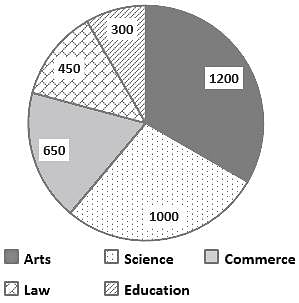
In the given figure, ∠ABD = 55° and ∠ACD = 30°, If ∠BAC = y° and non-relax ∠BDC = x°, then what is the value of (x - y)?
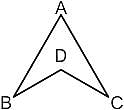
Select the Venn diagram that best represents the relationship between the given set of classes.
Apple, Mango, Fruits
The given shows the number of students in a hostel speaking different languages:

Which language is spoken by atleast 1 out of 3 students residing in the hostel?
Read the given statements and conclusions carefully. Assuming that the information given in the statements is true, even if it appears to be at variance with commonly known facts, decide which of the given conclusions logically follows(s) from the statements.
Statements:
1. All the case are four-wheelers.
2. All the four-wheelers are vehicles.
Conclusions:
I. All the vehicle are four-wheelers
II. All the case are vehicles.
What protects the inner of the stomach from the action of acid normal conditions?
A team is to be selected from 13 players P1, P2, P3, P4, P5, P6, P7, P8, P9, P10, P11, P12 and P13. There will be seven players in the team. P2 cannot be selected with P1, P6 or P4. P7 cannot be selected with P2, P10, P11 or P13. If P8 and P13 both are selected, then P5 must be selected. P4 cannot be selected with P2, P10, P12 or P11. Which of the following is a correct selection of the team?
Select the word from the options, which is similar to the given words in a certain manner:
Stable, Burrow, Nest
|
54 docs|20 tests
|
|
54 docs|20 tests
|



 is:
is:


